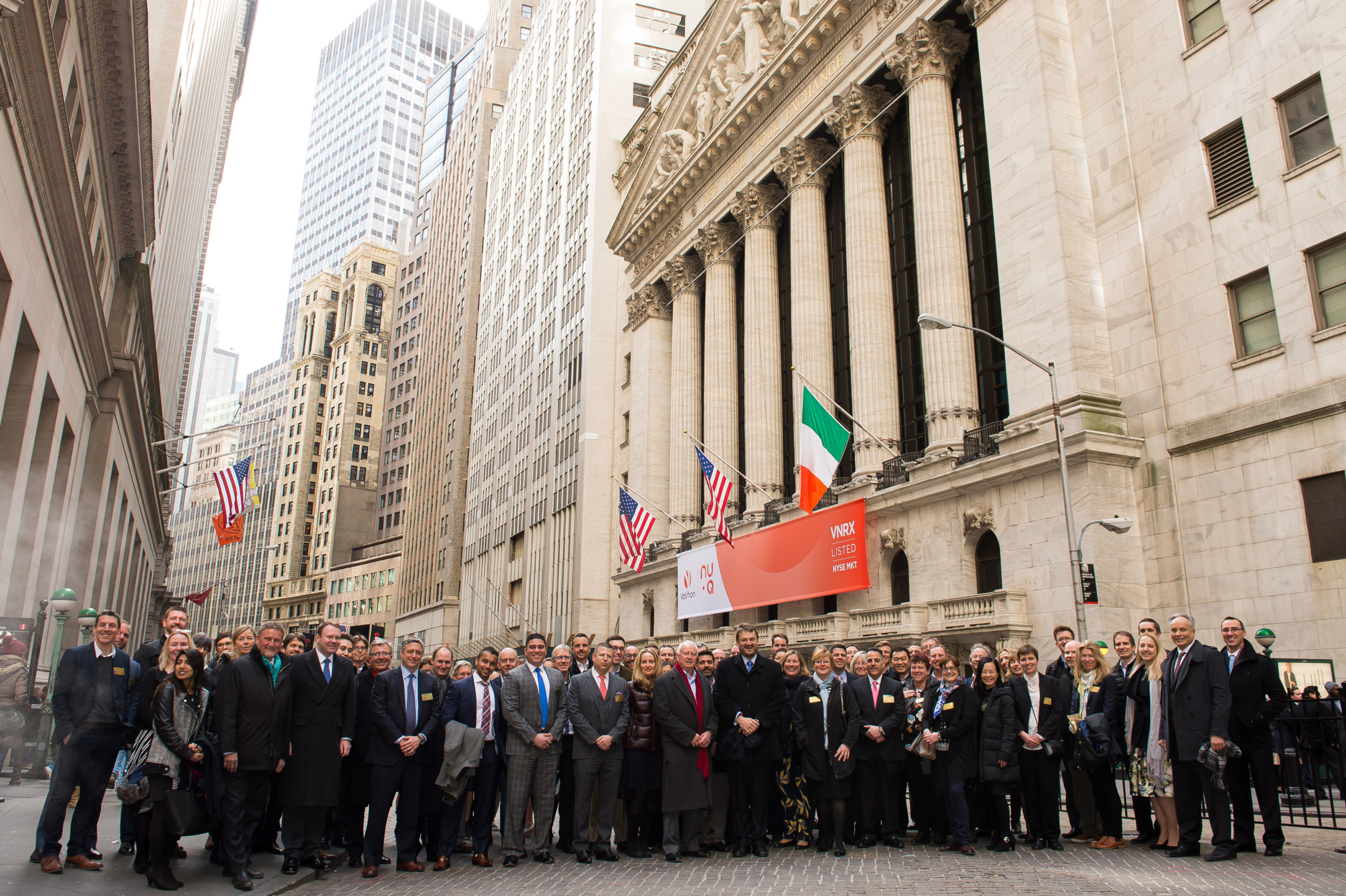- VolitionRx Limited (NYSEAMERICAN:VNRX) is set to release its quarterly earnings on March 31, 2025, with an anticipated earnings per share of -$0.06 and revenue of $545,340.
- The company’s price-to-sales ratio stands at 40.30, indicating high investor expectations for future growth despite a negative P/E ratio of -1.59.
- VolitionRx faces potential liquidity challenges, as evidenced by a current ratio of 0.22, signaling difficulties in meeting short-term obligations.
VolitionRx Limited, trading as NYSEAMERICAN:VNRX, is a company focused on developing blood tests for cancer detection. As a player in the biotechnology sector, it faces competition from other firms in the diagnostic and cancer detection space. On March 31, 2025, VNRX will release its quarterly earnings, with Wall Street estimating an earnings per share of -$0.06 and revenue of $545,340.
The company has scheduled a conference call on the same day at 4:30 p.m. U.S. Eastern Time to discuss its financial and operating results for the fourth quarter and the full fiscal year 2024. Key figures such as Cameron Reynolds, the President and CEO, and Terig Hughes, the CFO, will host the call, providing insights into the company’s performance and future plans.
Despite a negative price-to-earnings (P/E) ratio of -1.59, VNRX’s price-to-sales ratio is about 40.30. This means investors are paying $40.30 for every dollar of sales, indicating high expectations for future growth. The enterprise value to sales ratio is similar at 40.66, reflecting the company’s valuation relative to its revenue.
The enterprise value to operating cash flow ratio is approximately -3.77, indicating negative operating cash flow. This suggests that the company is currently spending more cash than it is generating from its operations. Additionally, the earnings yield is about -0.63, further highlighting the company’s lack of profitability.
VNRX’s debt-to-equity ratio is approximately -0.27, suggesting that the company has more equity than debt, which can be a positive sign for financial stability. However, the current ratio is around 0.22, indicating potential liquidity challenges in meeting short-term obligations. This could be a concern for investors looking at the company’s ability to cover its immediate liabilities.




